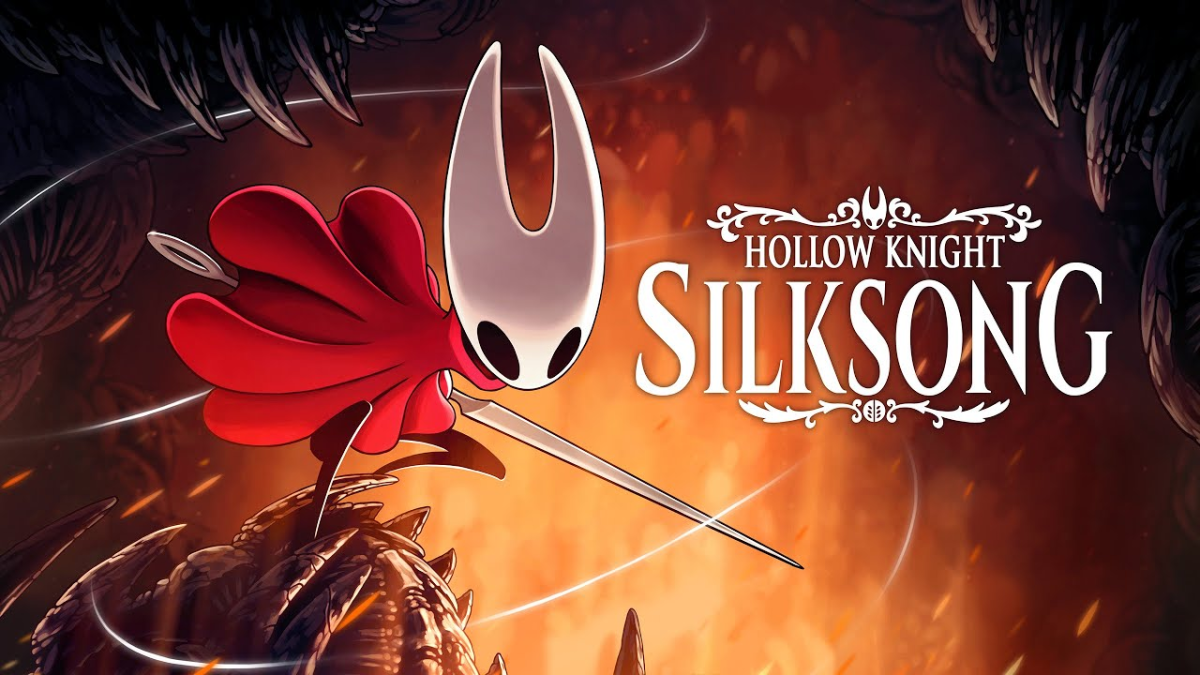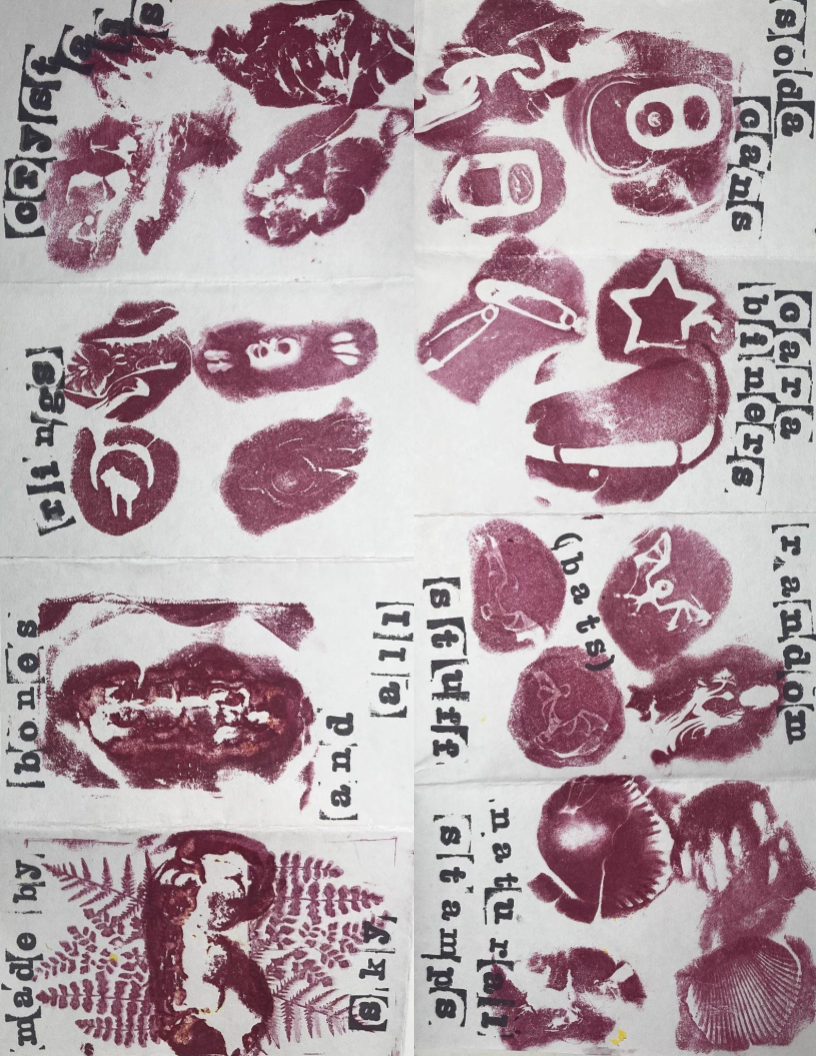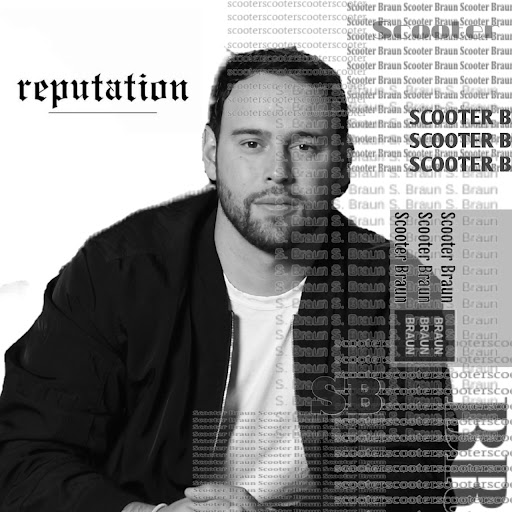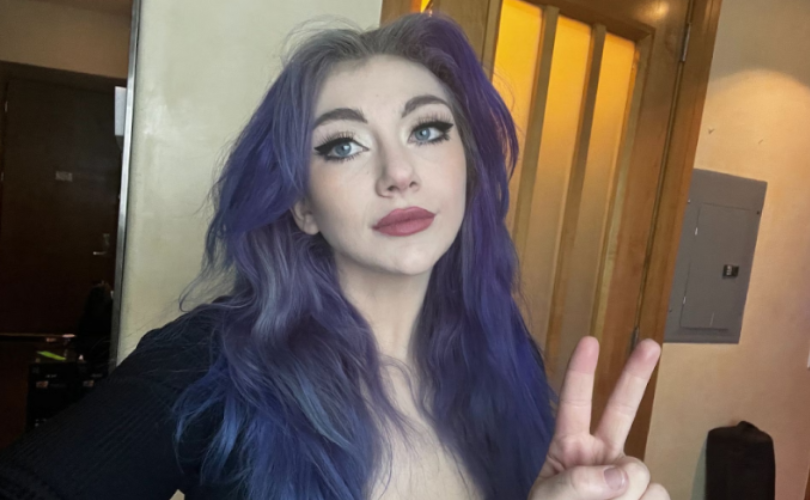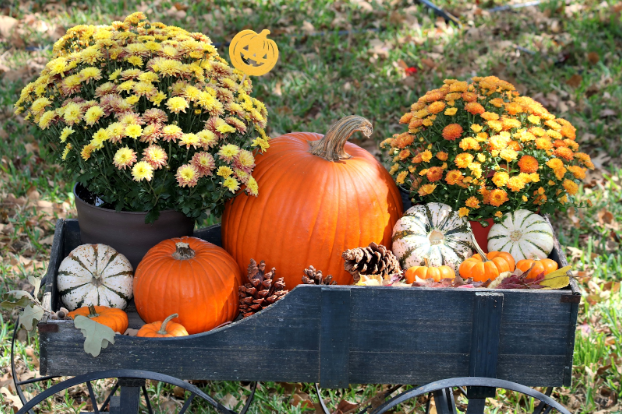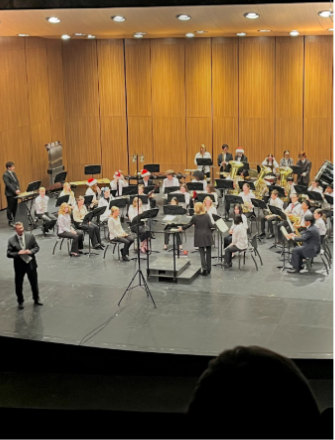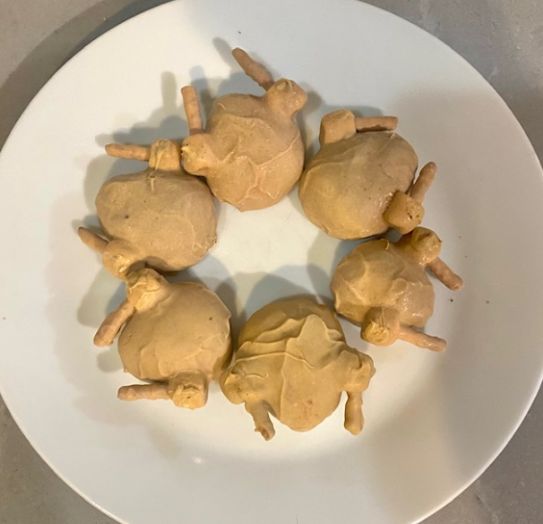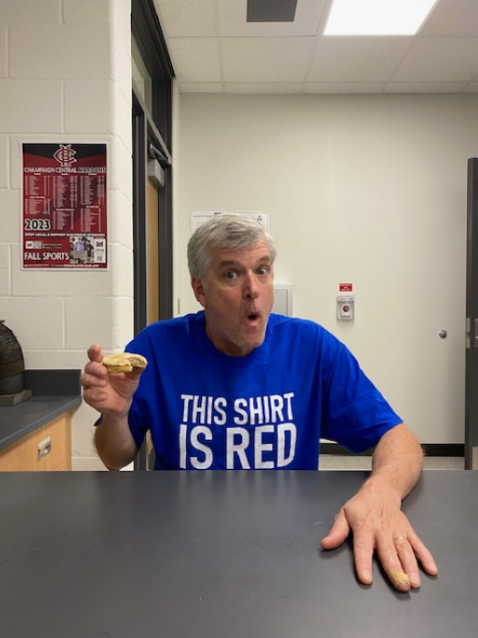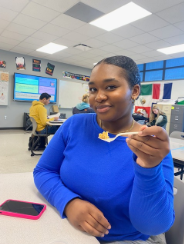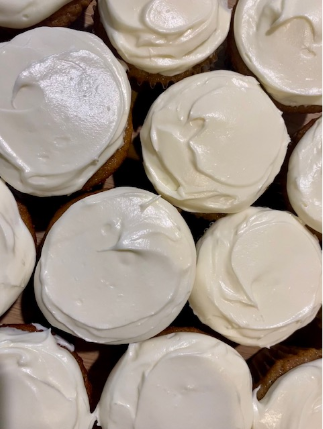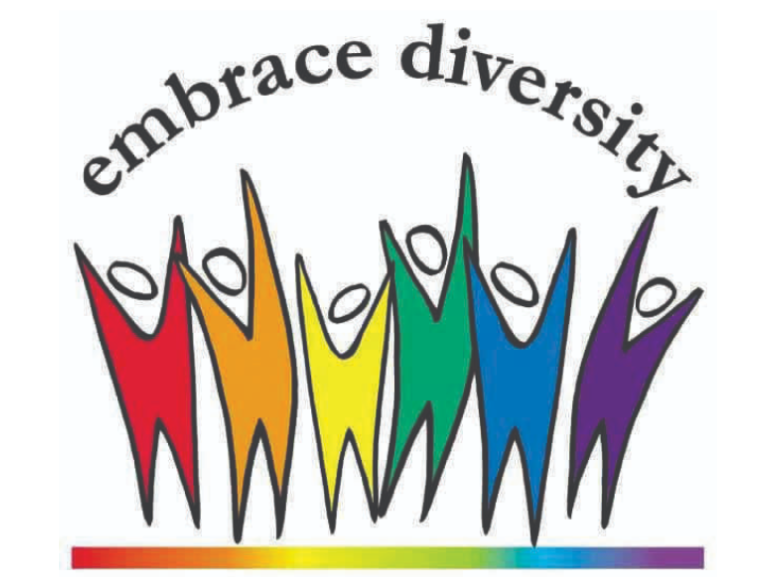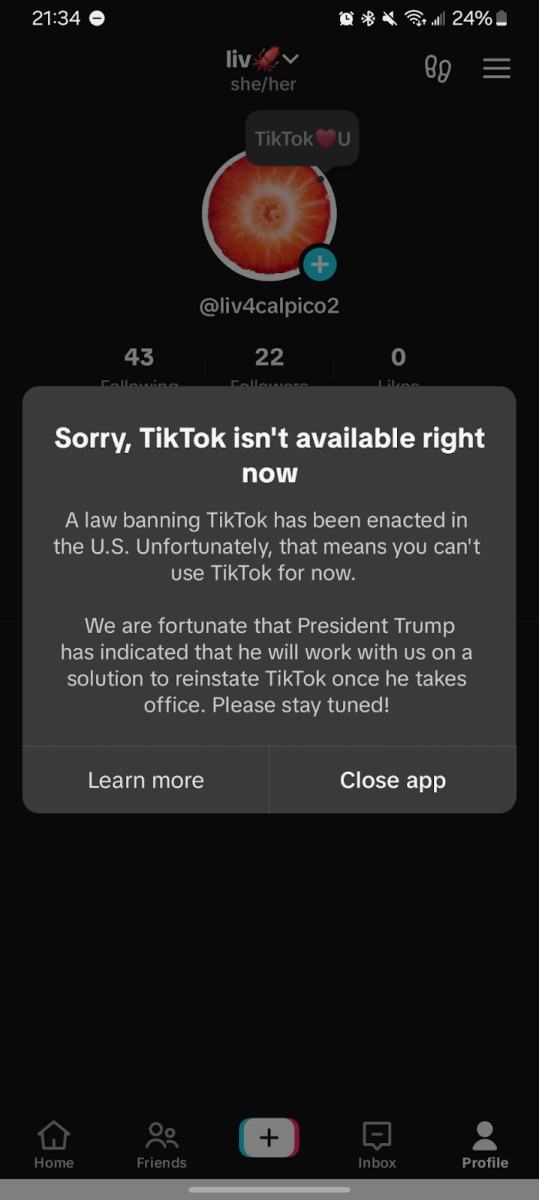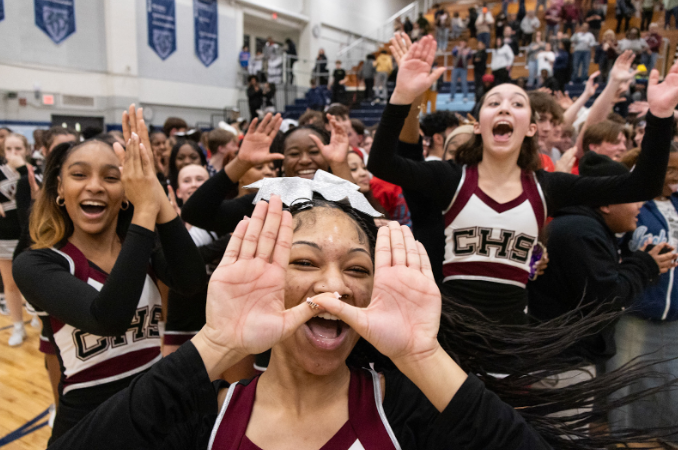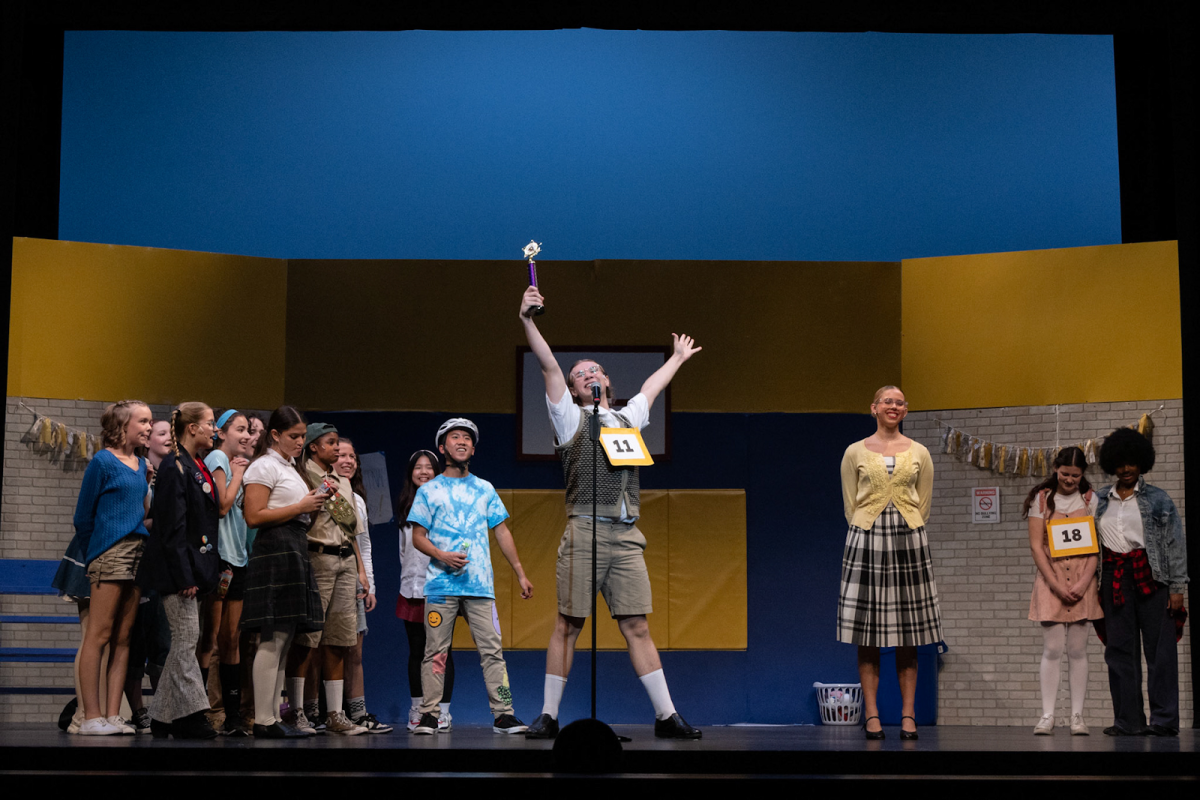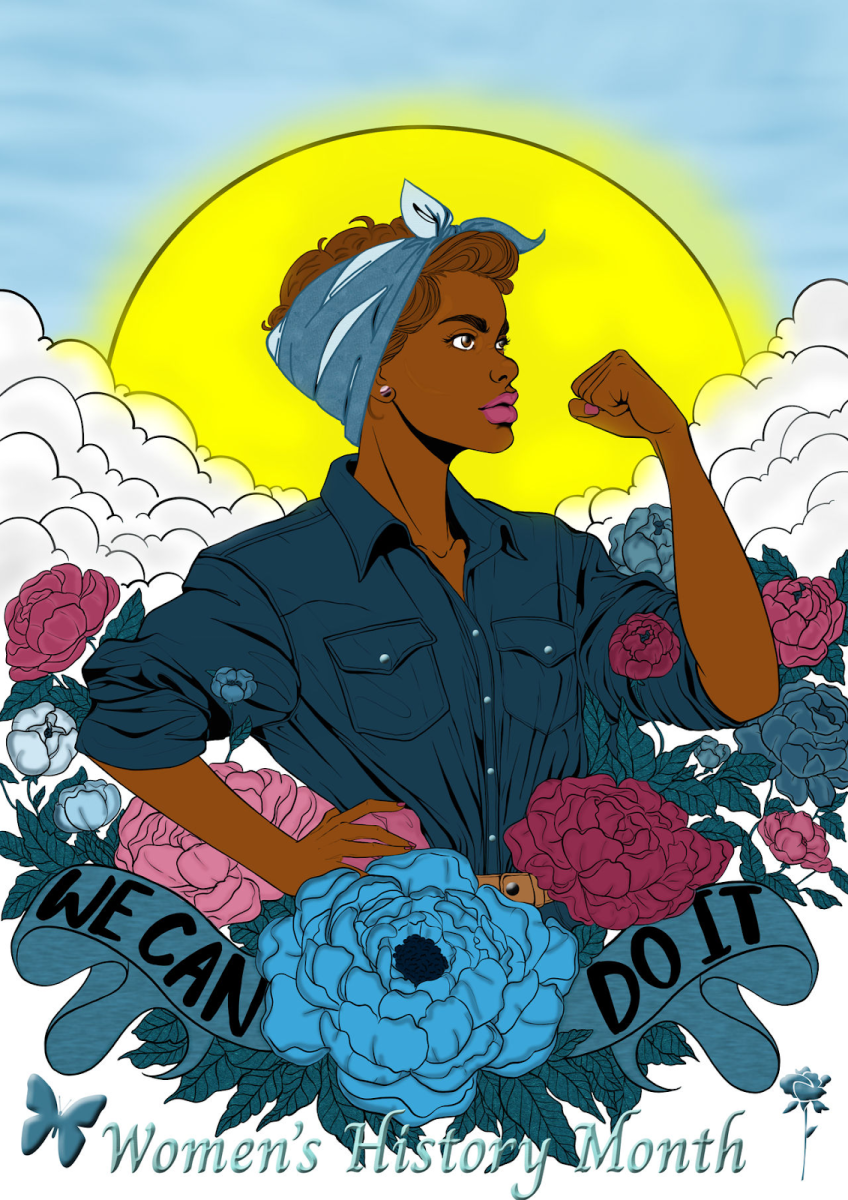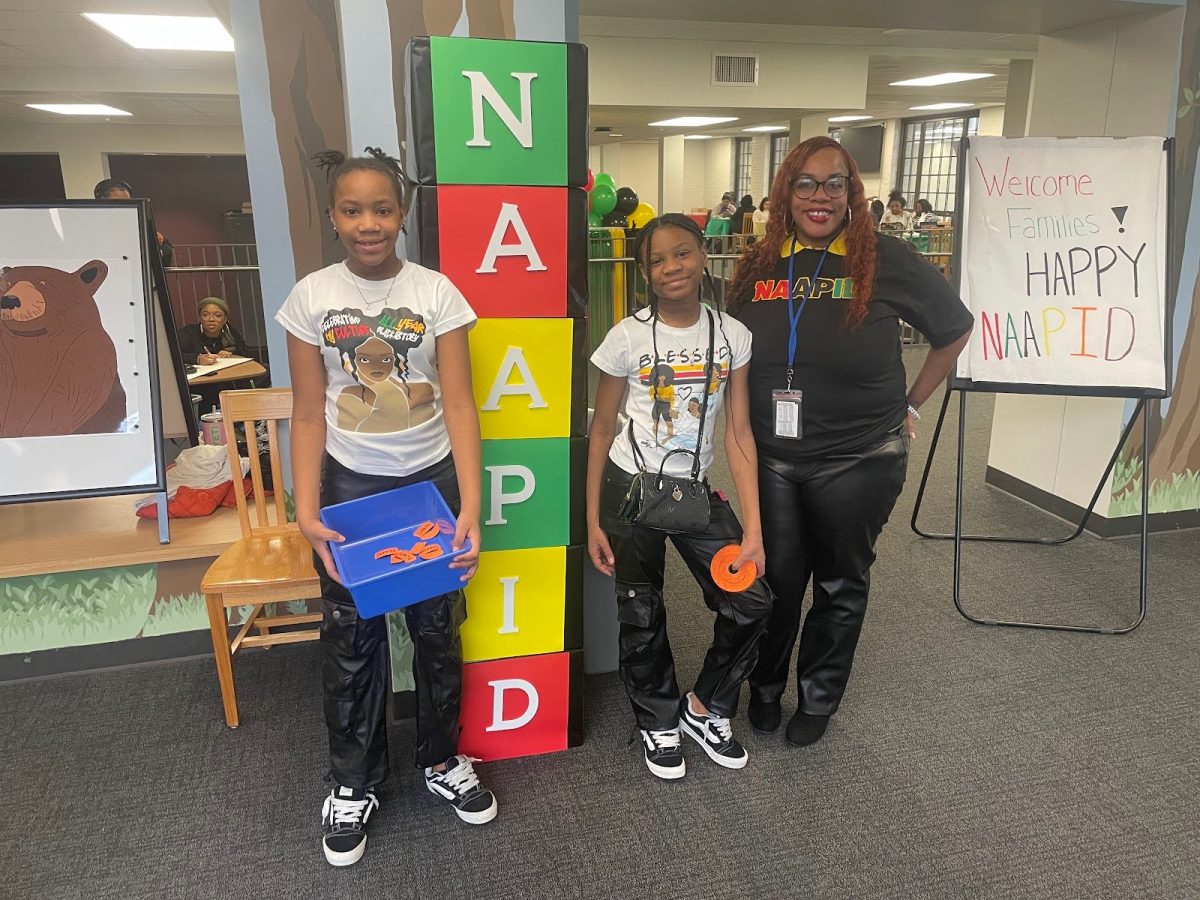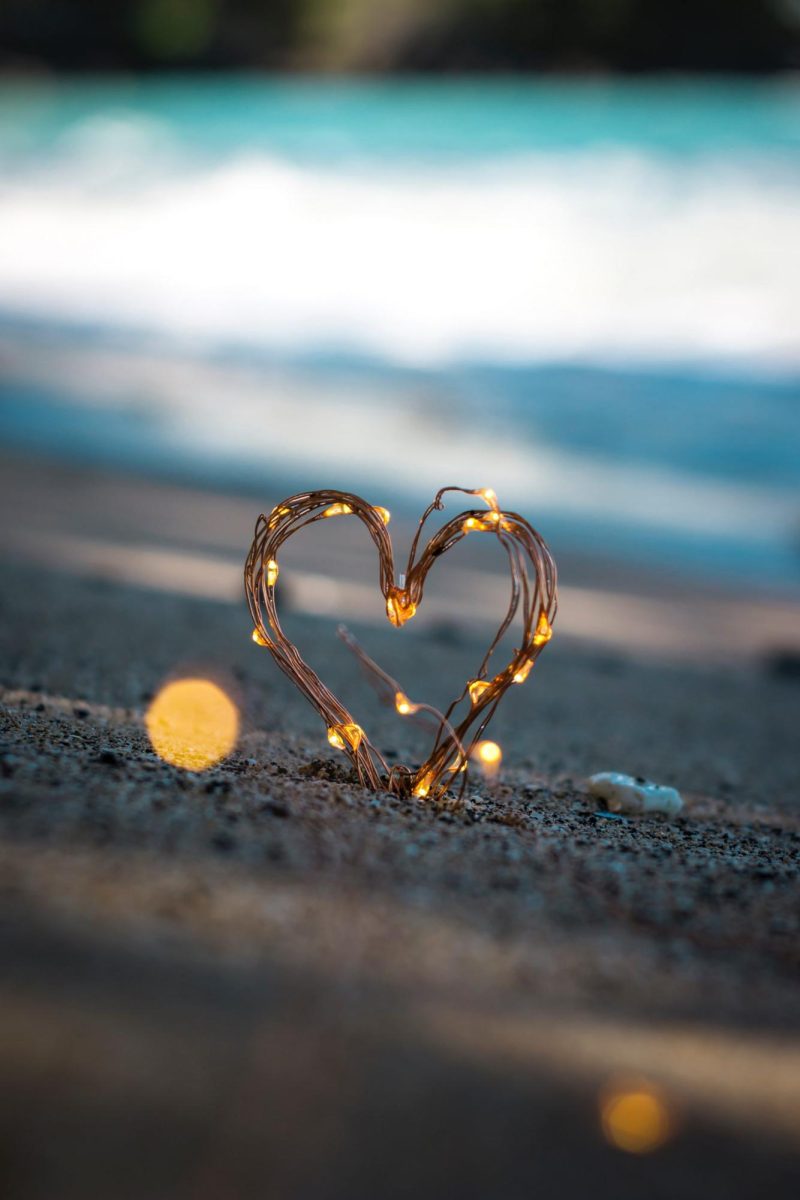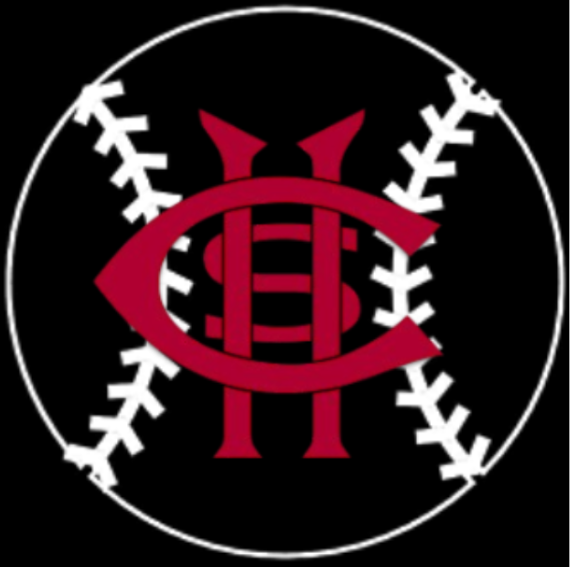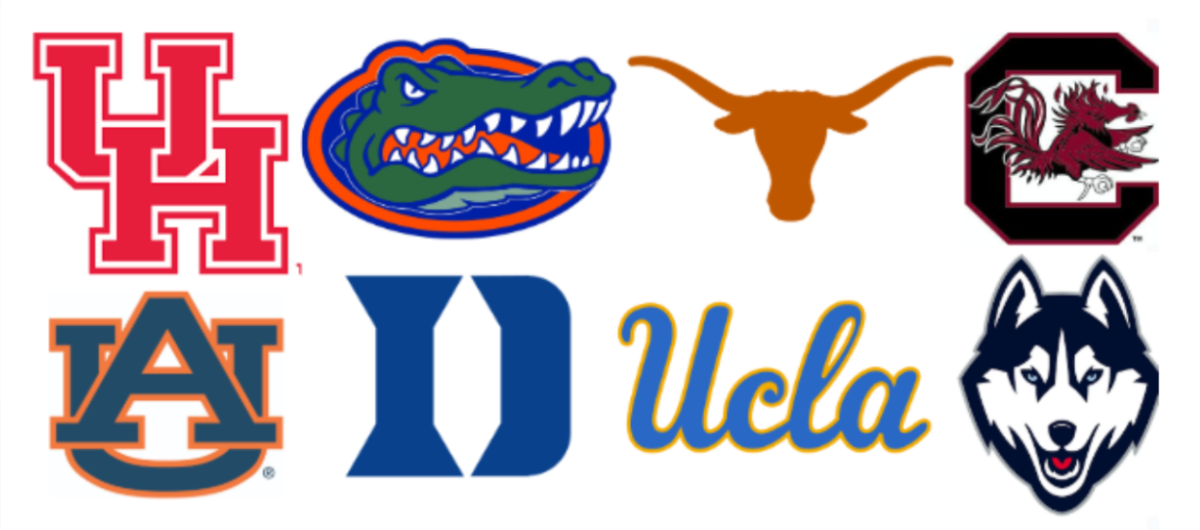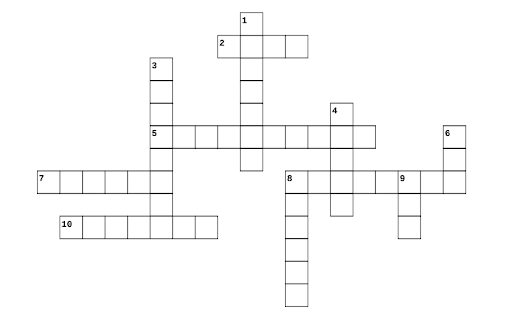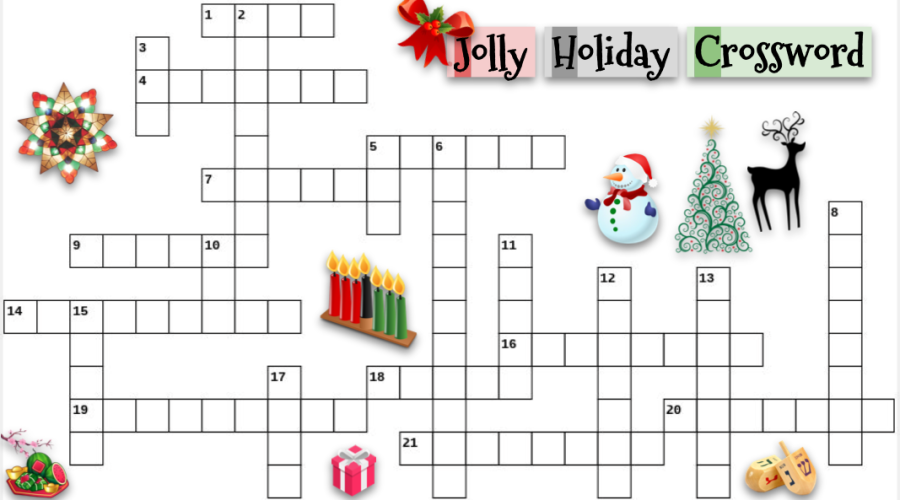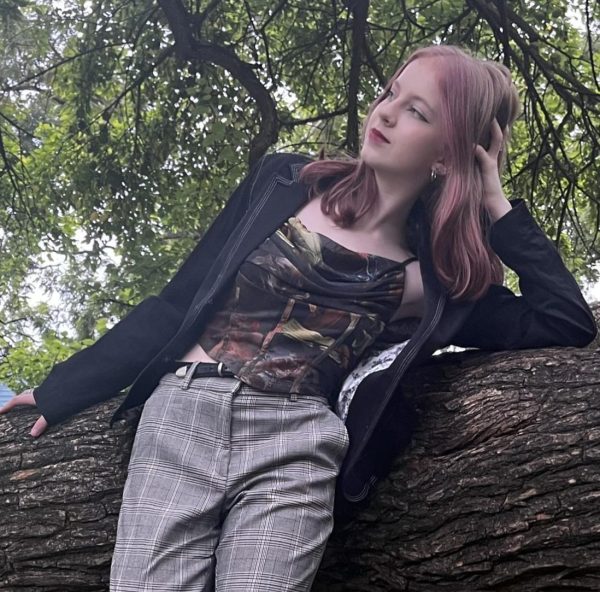We are all familiar with the image of a “witch.” She is a wicked figure, hunched over a bubbling cauldron murmuring things like ‘eye of newt’ and ‘dead man’s toe,’ with skin tinted a frightening shade of green. This is not what a witch is. In reality, a witch could be anyone, even the outwardly domestic American soccer mom.
The idea of the familiar, evil witch undoubtedly dates back to the European witch hunts and beyond. While this idea is still not representative of reality, it is perpetuated throughout our society in the form of our Halloween decorations, playground insults, and general misogyny. Witches–real witches–have been a variety of things throughout history, but evil is almost never one of them.
According to most definitions, a witch is simply a woman with magical powers, which she uses to manipulate and harm others. While this could be technically true in a fantasy setting, the truth behind the idea is that one version of the witch comes from women who spoke out in their communities and held political or social power, representing the fear insecure men felt when they were threatened by loud, independent women. Another definition of a witch is in a similar vein of thought, that they are historical midwives and healers. A lot of the witch hunts and thus our societal definition of witches focused on community healers, those who worked “magic” with a basic understanding of medicinal herbs. For the purpose of this article, we will use neither definition.
In this day and age, to be a witch means to notice the magic in our everyday lives. Some chant spells under the light of the moon, but others simply choose to acknowledge the magic of life that connects all of us to each other and the world around us. Those who practice generally do so privately and are free to choose their own path of magic. A witch’s path is usually very different from another witch, but one thing they all have in common is spells. The casting of spells is one of the few things society actually got right about witches, as they are in fact used in witchcraft. Reality soon differs from what people think, however, due to the lack of malevolent spells in the basic witch’s collection.

(A statue of Hecate, a common symbol in witchcraft)
Many practitioners of this modern magic identify as Wiccan, which is a more structured form of witchcraft. Both witchcraft and Wicca are very different from most modern religions, as they do not have churches or an official book, such as the Qu’ran or the Bible. Most witches do keep their own book of their craft, which is typically referred to as a Book of Shadows. The name may be dramatic, but the contents usually aren’t. These books are generally closer to journals, containing spells the witch wants to save or notes on the results of a spell.
So, as your TikTok and Instagram feeds are filled with images of the spooky witch this Halloween season, try to keep in mind the reality of what she represents. The malevolent hag is not what you will find in your local witchcraft shop, she is simply the remaining dregs of a century–millennia, even– long war on women. Your actual witch will instead be found burning incense and candles to purify a space before guests arrive, taking a moment outside on a bright morning to say kind words to a tree, and setting affirmations to do good and spread good in a brief daily ritual.

